
Steps to take when a patient does not have a cataract.
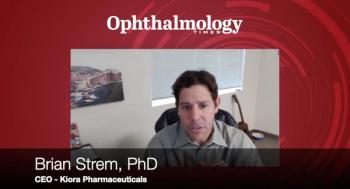
David Hutton of Ophthalmology Times talks with Brian Strem, PhD, CEO Kiora Pharmaceuticals, about their recent partnership with Théa Open Innovation and further development of their KIO-301 and KOI-104 programs.

According to the organization, GYROS results will help researchers design clinical trials for an emerging gyrate atrophy gene therapy.
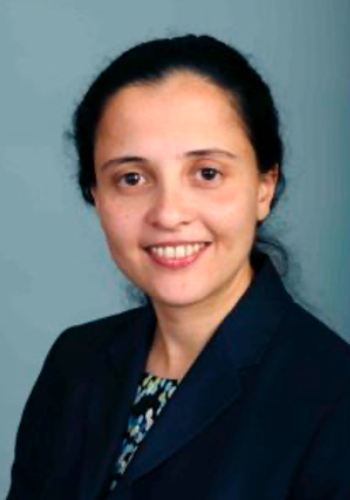
Amani Fawzi, MD, is inducted into the society. Her research uses translational approaches to study age-related macular degeneration and diabetic retinopathy.

Rey Pena is known as Eye of the Niner because of the team logo he had printed onto the prosthetic eye he wears in honor of the team.

Robert L Stamper, MD, raises the question of physician liability for allowing the patient to drive.
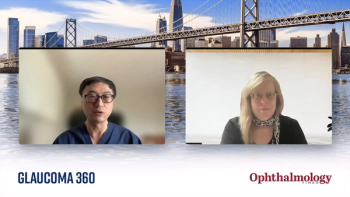
Shan C. Lin, MD, discusses combined minimally invasive glaucoma surgery and its impact on achieving improved intraocular pressure efficacy.

Researchers noted a study by Ruhr-University Bochum researchers provides crucial evidence that the ECM influences visual sensory motor behavior already at the retina level, without intervention of disease and/or experimental manipulation.
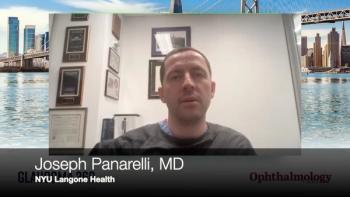
Joseph Panarelli, MD, sat down with David Hutton of Ophthalmology Times to discuss the panel he moderated at the Glaucoma 360 meeting held in San Francisco, about innovations in glaucoma drugs, and drug delivery.

Adrienne Graves, PhD, and Andrew Iwach, MD, co-founders of Glaucoma 360, highlight the 13th annual Glaucoma 360 New Horizons Forum, held this year at the Westin St. Francis San Francisco on Union Square.
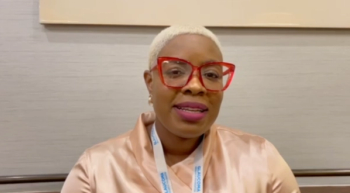
Tonian McDonald shares her story during the Glaucoma 360 New Horizons Forum at the Westin St. Francis Hotel in San Francisco to recount her journey as a glaucoma patient.

OK-101 is the first IND clearance granted by the FDA for a drug to begin clinical studies specifically to treat patients suffering with neuropathic corneal pain.

The trial will evaluate tivozanib eye drops (KHK4951), a small-molecule vascular endothelial growth factor receptor (VEGFR)-1, -2, and -3 tyrosine kinase inhibitor (TKI), in patients in with DME.

Hoskins was a pioneer and leader in the field of ophthalmology and glaucoma, and served as executive vice president of the American Academy of Ophthalmology, founding director and Director Emeritus of the Glaucoma Research Foundation, and a founding director of the American Glaucoma Society.

According to the company, AGTC-501 was generally safe and well-tolerated and showed improvements in visual function at the 12-month analysis. The Phase 2/3 VISTA trial for AGTC-501 in XLRP expected to begin in in the first half of 2024.

A third party report regarding the school’s ophthalmology program showed an environment of “anxiety, apprehension, disappointment, frustration, fear, regret.”

Preliminary safety data support a favorable benefit-risk profile at both dose levels. The preliminary efficacy and safety data trending similar to or better than the OPTIC study, in which patients continue to see ongoing clinical benefit through at least 3 years.
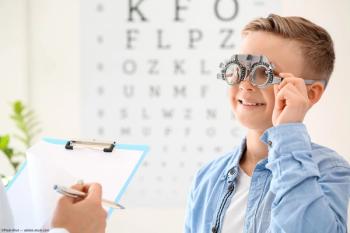
A new study found that only a little over half of school-aged children participants underwent vision screening within the past two years, highlighting gaps in eye care access.
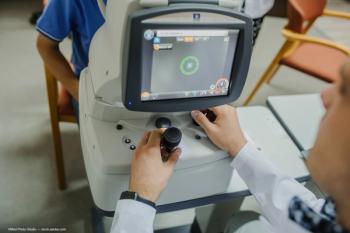
The study further defined the relationship between delayed rod-mediated dark adaptation and the status of outer retinal bands on optical coherence tomography.

AAO president will deliver the annual Tullos O. Coston, MD lectureship on June 1, 2024.

Clearside noted in a news release it intends to use the net proceeds from this offering for working capital and general corporate purposes.

Sir Jules Thorn Charitable Trust's investment will support a state-of-the-art, eye health research facility, opening in 2027

The patent further protects Iridex’s intellectual property encompassing laser systems in ophthalmology and related fields.

A team of neuroscientists at Johns Hopkins show how specialized cells signal the presence of light simultaneously in two distinct ways.

Toku’s AI technology, CLAiR, has obtained CE and UKCA Marks. CLAiR provides fast, accurate, non-invasive cardiovascular disease (CVD) risk assessments using standard retinal images.
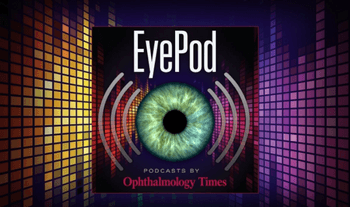
In this episode of EyePod, David Hutton sits down with Neena Haider, PhD, and Arun Upadhyay, PhD, to talk about modifier gene therapy.


According to the company, 4D-150 was well tolerated with a favorable safety profile when evaluated through up to 48 weeks of follow-up, with no significant inflammation observed.
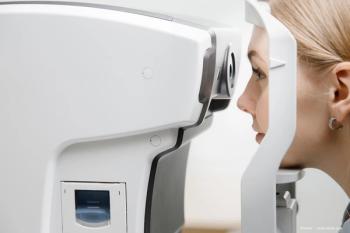
Elodie Bousquet, MD, PhD, and international researchers studied type 3 macular neovascularization (T3 MNV) using optical coherence tomography. In 64.5% of 31 eyes with T3 MNV, it developed over soft drusen, showing drusen growth and outer layer thinning before T3 MNV.

Massachusetts Eye and Ear researchers came up with a mobile app called All_Aboard, designed to be used along with mainstream GPS systems and focuses on improving micro-navigation.